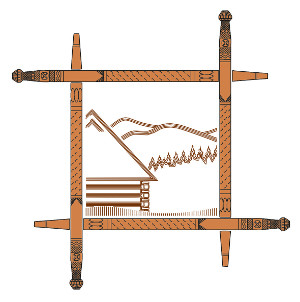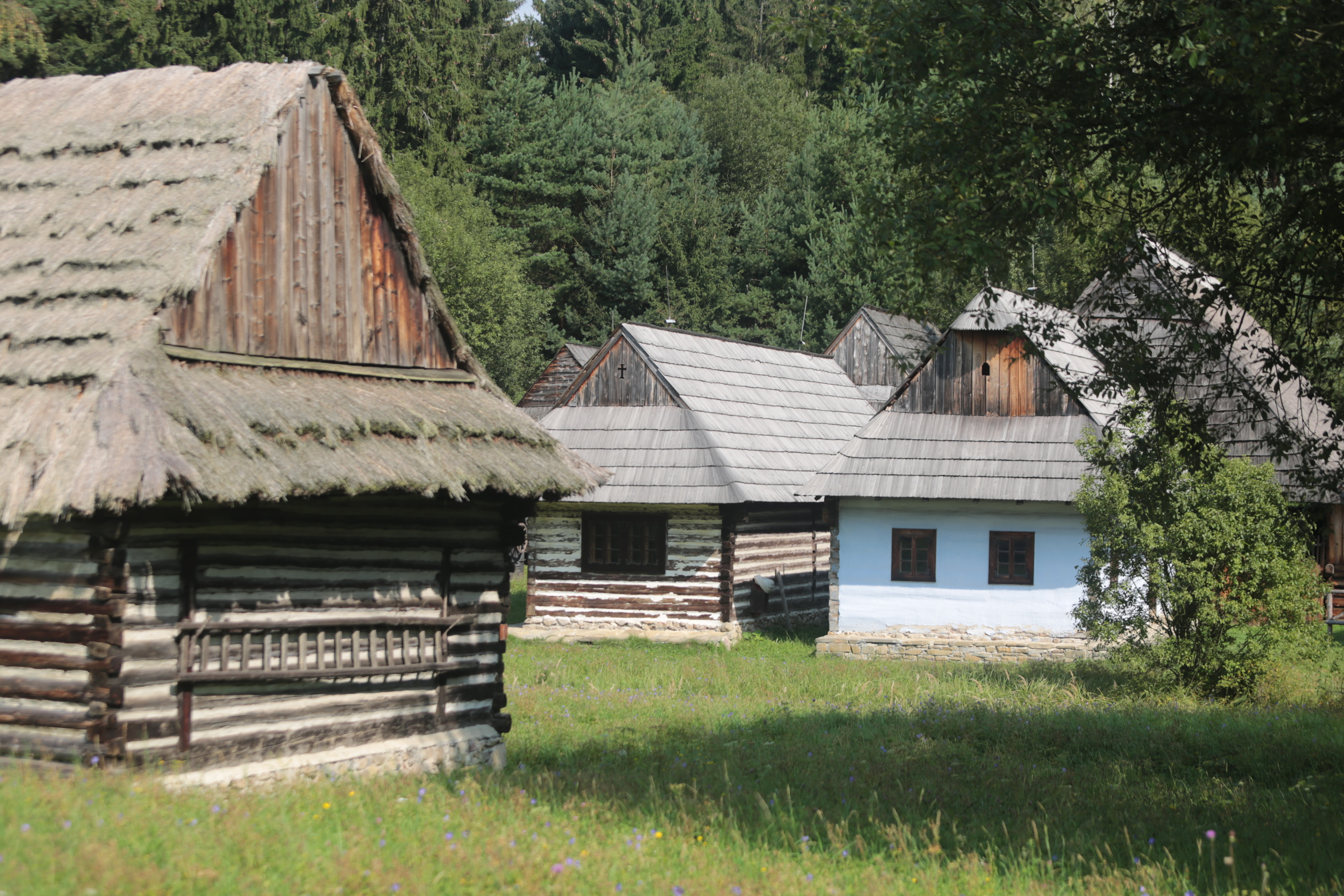MUSEUMS, EXHIBITIONS, OPEN-AIR MUSEUMS – The Wallachian heritage
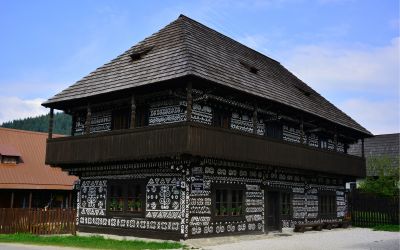
Opis produktu
TYPE OF THE ROUTE: car route
LENGTH OF THE ROUTE: approx. 346 km
THE ROUTE:
Čičmany – Strecno – Terchová – Nová Bystrica – Orawska Polhora – Zuberec – Liptovský Hrádok a okolie – Okolie Ružomberka – Turiec
DESCRIPTION OF THE ROUTE
The proposed route leads through villages located under Wallachian law.
Čičmany
The southernmost village of the county of Žilina. First mentions about Čičmany come from the end of the 13th century. At that time, the village belonged to the Turócziovcov, Rakovskovcov, Jesenskovcov, then to Kubínyiovcov and Serényiovcov. The village was probably founded under Wallachian law, as evidenced by shepherd’s chalets, folk costumes and customs. In addition, in the past, the inhabitants of Čičmás used to be engaged in sheep farming and bryndza (traditional rennet cheese) production in addition to agriculture. Today, Čičmany is a winter sports centre with several ski lifts.
In Čičmany it is worth stopping at the Baroque Church of the Holy Cross from the end of the 18th century. In addition, the main attraction of the village is its buildings; the traditionally erected buildings have unique white ornamentation. In the 1970s, 136 houses were under conservation protection. There is a museum in the village, tourists can visit the permanent exhibition in the Radenov house and the house number 42.
In the past, the village was famous for its slippers and the local embroidery is distinguished by its technical perfection and a wealth of decorative motifs and compositions. Although Čičmany is a small village with 131 inhabitants, it has accommodation facilities and gastronomy.
Strečno
Strečno, a village in the district of Žilina in the Žilina region, situated on the left bank of the river Wag, not far from Malá Fatra. The most famous object of the village is the castle built by Mateusz Caka, which is said to be the safest fortress on the river Wag. The first mention of Strecno appears in literature at the beginning of the 14th century, while the castle dates back to the turn of the 13th and 14th century. At the end of the 17th century the castle was demolished, but a large part of it was rebuilt and is open to the public from April to November. On the opposite bank of the river you can find the ruins of the so-called Old Castle, built in the 13th century. Originally it guarded the river Wag against foreigners. In 2017 it was registered as a national cultural monument of the Slovak Republic.
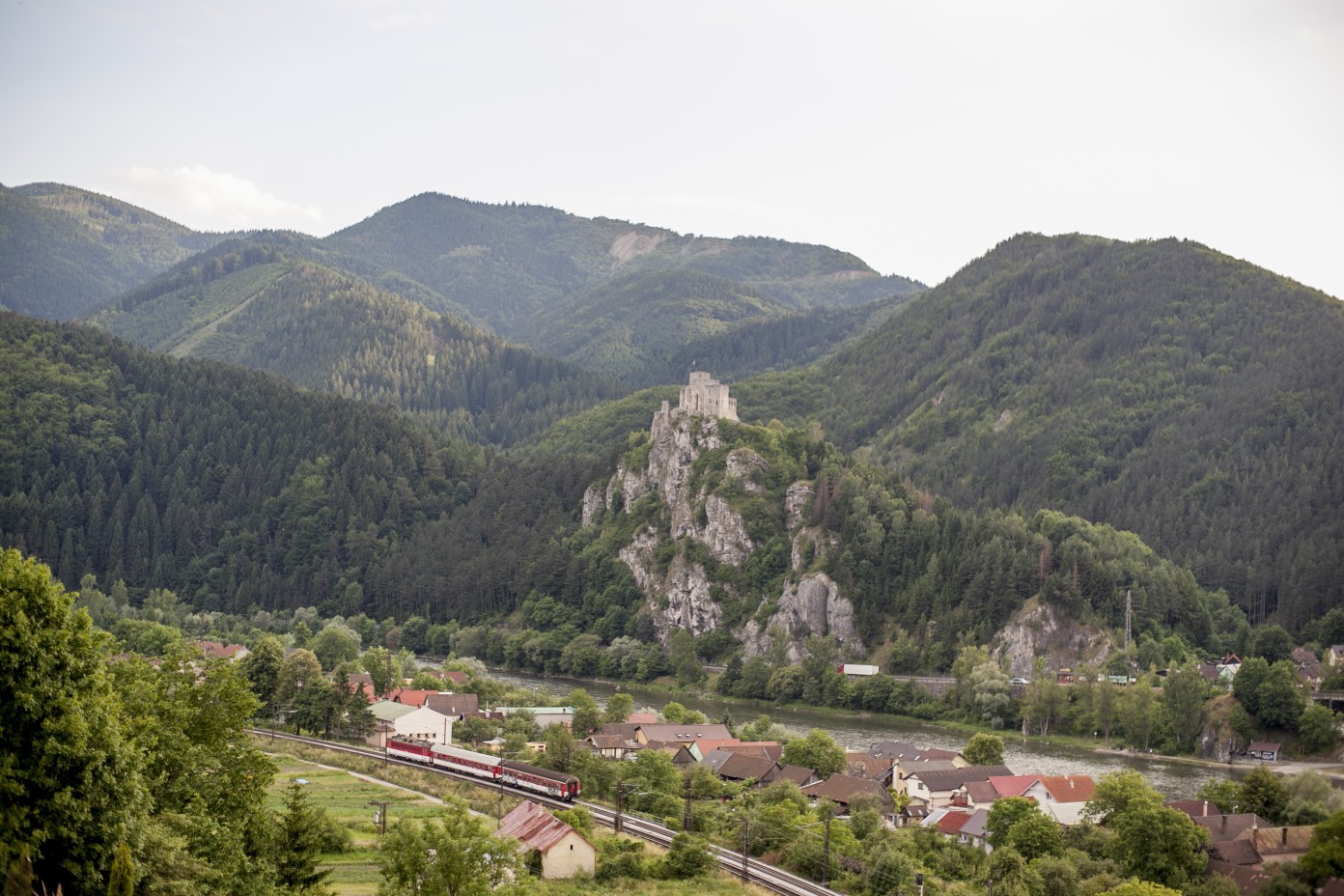
In the village of Strecno it is also worth visiting the recently built observation tower - Spicak, from which we can admire views of the center of the village and the ridge of Malá Fatra. To get to the tower you should follow the yellow trail, the beginning of which can be found near the castle.
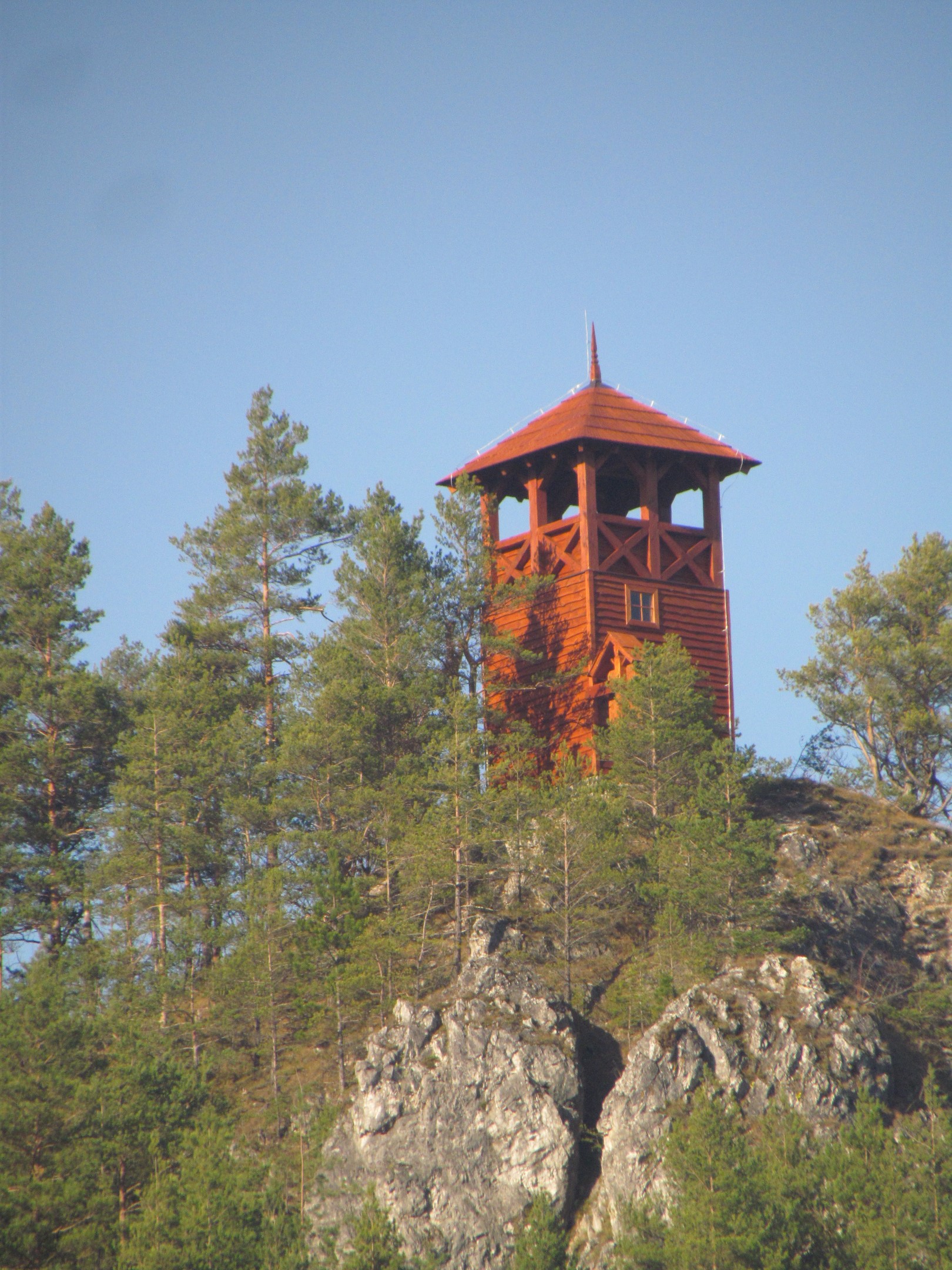
Terchová
A village located under Wallachian law in 1580, known for its modern cultural event - Janosik’s Days. The village was the seat of the Walachian princes. Many times in history, unfavourable circumstances forced a large part of the population to move away in order to seek better living conditions in the southern regions of Slovakia. The whole village is strongly connected with the local hero, Juraj Janosik, who was born here. Janosik and his life were devoted to permanent exhibitions in the museum, which were divided into thematic units: traditional housing, Janosik as a local hero of folklore, tradition and crafts. A symbolic house was opened in the place where the highland robber was born. The village is situated in the National Park Malá Fatra, making it an ideal place for nature lovers, walks and hikes.
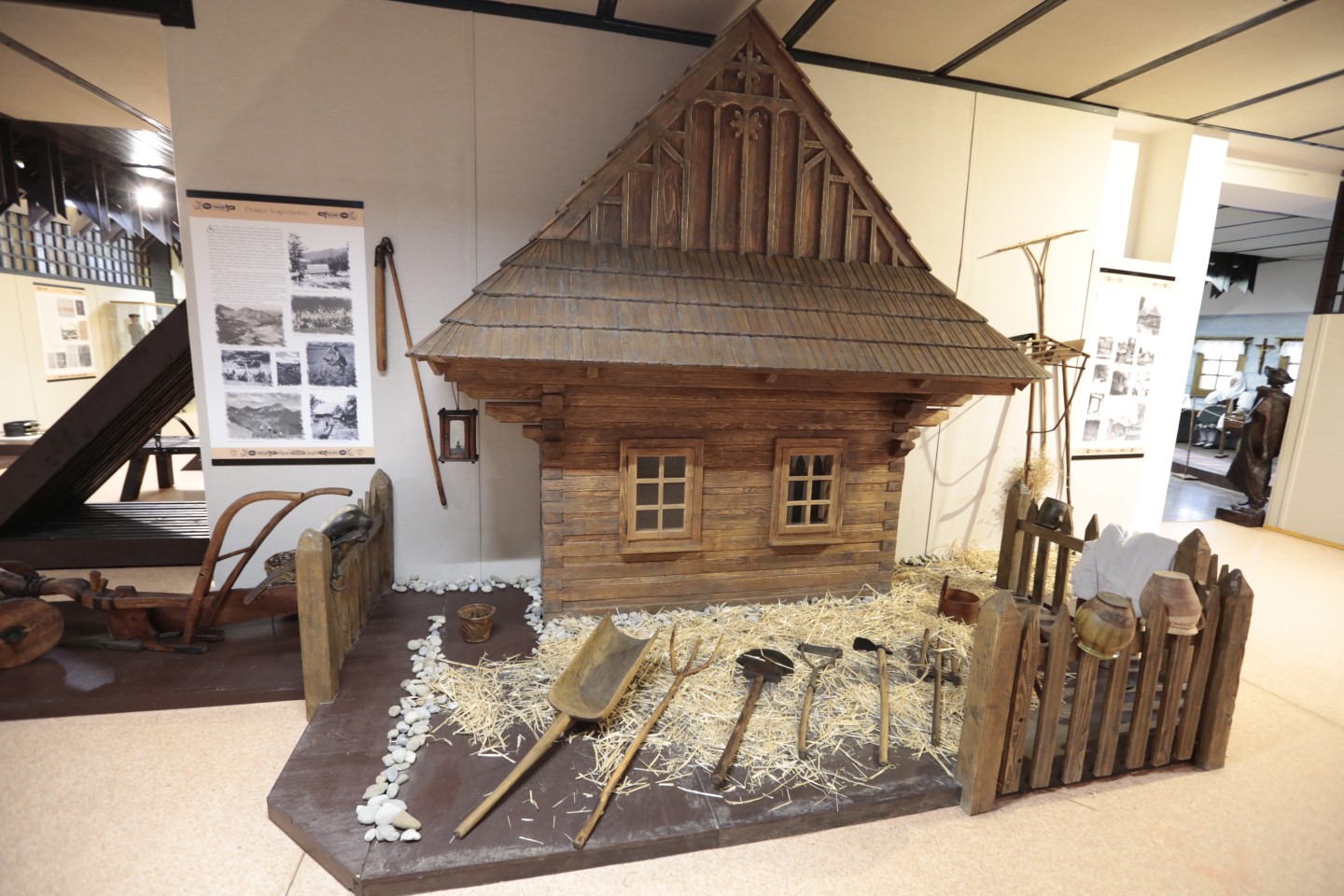
Nová Bystrica
The first changes in the village date back to 1642. Traditionally, the local population dealt with agriculture, weaving, logging and woodworking in sawmills. The village also experienced a cholera epidemic. An important attraction of the village is undoubtedly the Museum of the Kysucka village – Skanzen (Open- Air Ethnographic Museum) Vychylovka. There is also a functioning forest railway, considered a national cultural monument. The open-air museum is one of the largest in Slovakia, and its complex consists of 34 residential, farm, technical and sacral buildings. The cornerstone of the openair museum was laid in 1974. The priority for the institution was to save the most valuable folk architecture monuments from the villages where the Riečnica and Harvelka artificial lakes were created.
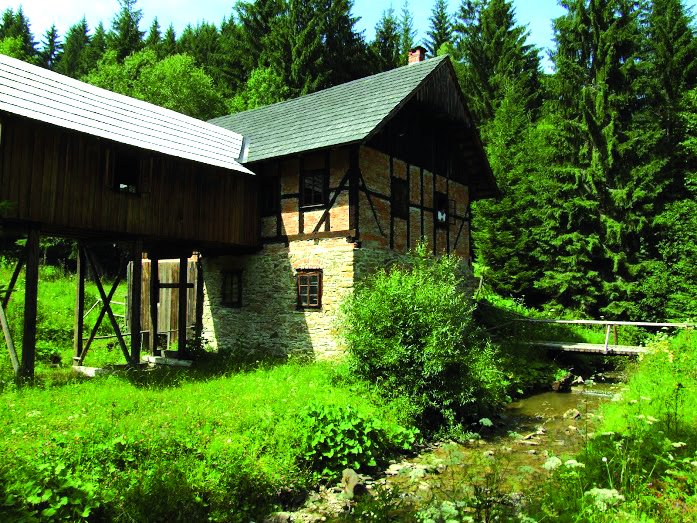
Oravská Polhora
A border village located in the north of Orava. The first mention of the village’s location dates back to 1550 and
has the form of a map showing the salt springs under Babia Góra. The village was founded under Wallachian law and belonged to Juraj Turz. The name Polhora comes from the fact that its borders reached half of Babia Góra - the queen of the Orava Beskids. The main occupation of the inhabitants was once animal breeding and carving.
The inhabitants of Oravská Polhora, thanks to the location of the village and the temperament of the highlanders, have managed to preserve lively, unique, archaic forms of music, singing and dancing. The village is known for its gajd culture (a traditional musical instrument), which was inscribed on the UNESCO list of intangible heritage in 2015.
The springs of salt water, located in the former Slaná Voda bathhouse, are worth a visit. It is a water with a high
content of iodine, intended for therapeutic baths, once known and exported to various parts of Europe. An important event in the village is the Gajdovačka festival, which promotes the culture of the gajdas, in which more than 100 performers from different parts of the world participate.
As part of the “Wallachian Cultural Route” project, the municipality renovated the former customs office building and opened a pastoral centre, a museum and an information centre in a unique space. The building will also host exhibitions, seminars and conferences devoted to Walachian culture.
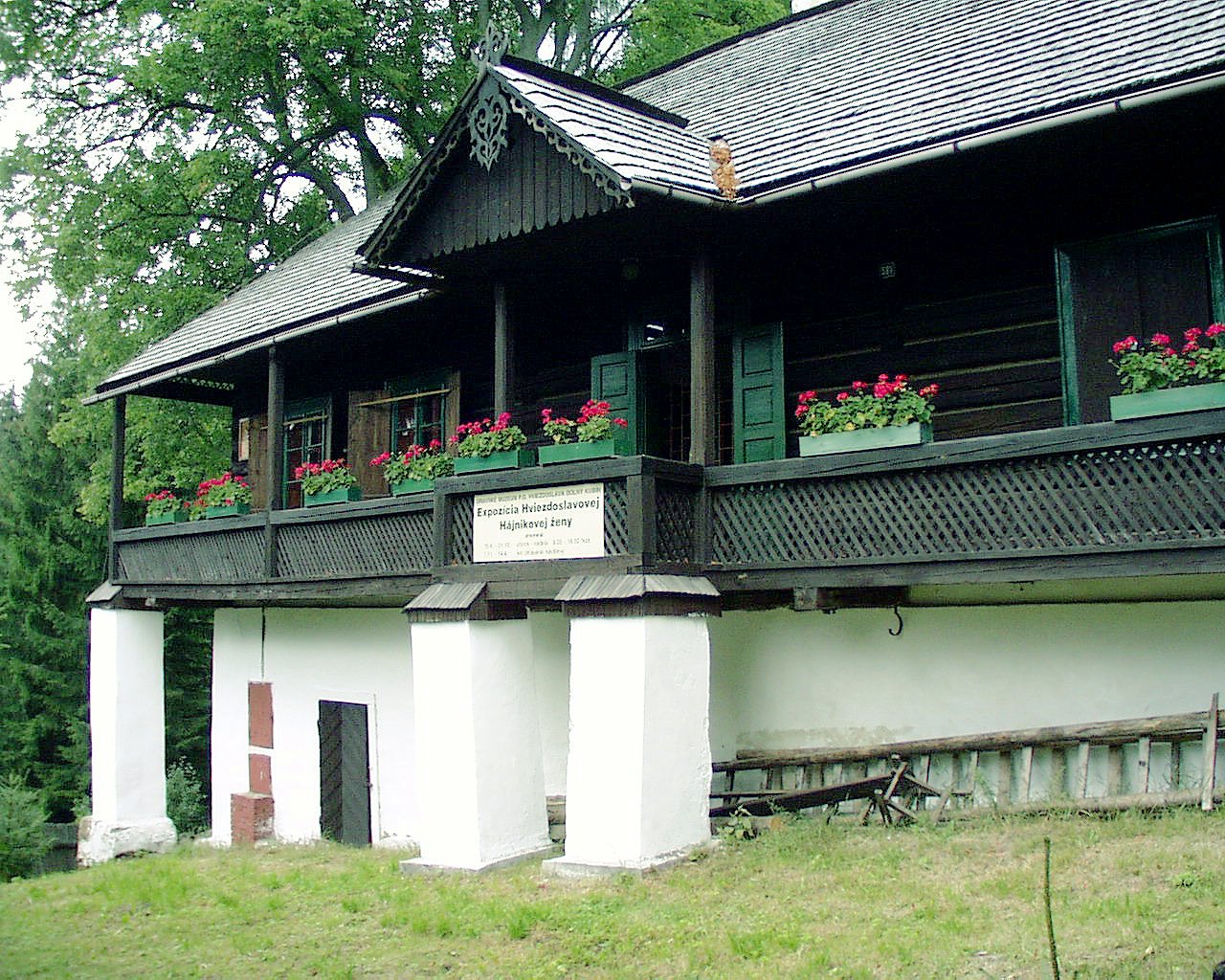
Zuberec
The village is located on Upper Orava in the district of Twardoszyn, in the immediate vicinity of the Western Tatras. The first written references to the village date back to the end of the 16th century (1593) and are related to the establishment of the village under Wallachian law as a result of colonization efforts of the Turzovcov family. Zuberec is situated directly below Roháčmi, which are alpine in character, and next to their ridges there was an intensive pastoral activity. Information from the 17th century shows that a total of 7985 sheep were grazed in 18 municipalities near Zuberca in 1615. In order to increase the area of pastures, shepherds burned pine forests, as a result of which several valleys were created. The names Spálená and Spálený žľab are testimony to this.
While in Zuberec it is worth visiting the Orava Village Museum, where there are about 50 buildings grouped together to show the diversity of Orava architecture. There is also a wooden Gothic church of St. Elizabeth of Hungary from the 15th century.
For active people it is recommended to follow the educational trail around the Rohac lakes, where you can admire the unique flora and fauna.
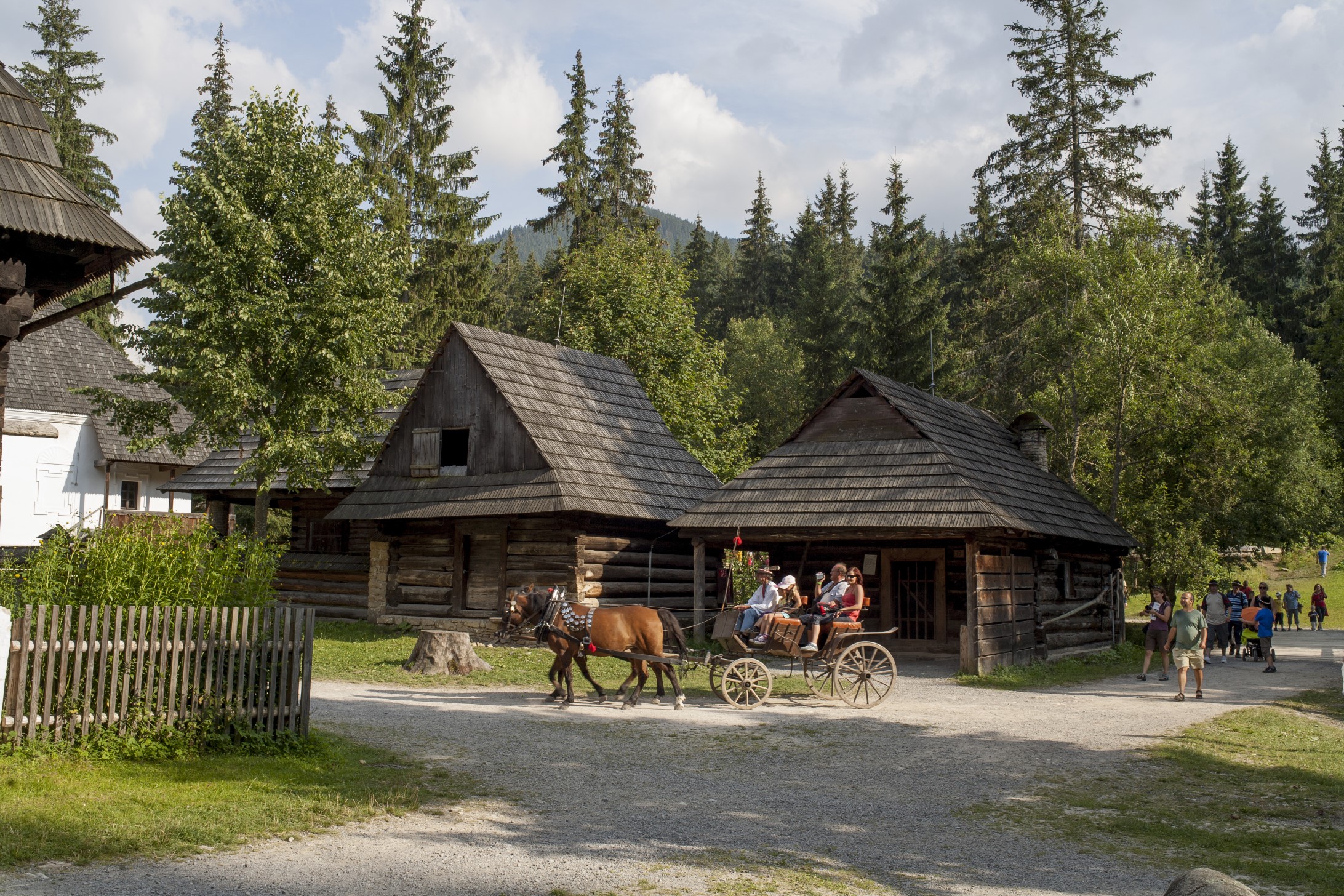
Liptovský Hrádok and its vicinity
Liptovský Hrádok lies at the confluence of the Váh and Bela rivers. The character of the village was shaped around the 14th century under the influence of mining (salt and iron) and forestry. There are many other villages in the area, which have a common Wallachian origin.
The Ethnographic Museum of Liptov and Shepherding has its seat in the village, which presents permanent exhibitions related to shepherding culture and traditions of sheep breeding and grazing. Permanent exhibitions present shepherding culture of supra-regional character. Apart from traditional wooden constructions and tools for milk processing, clothes and clothing accessories are presented.
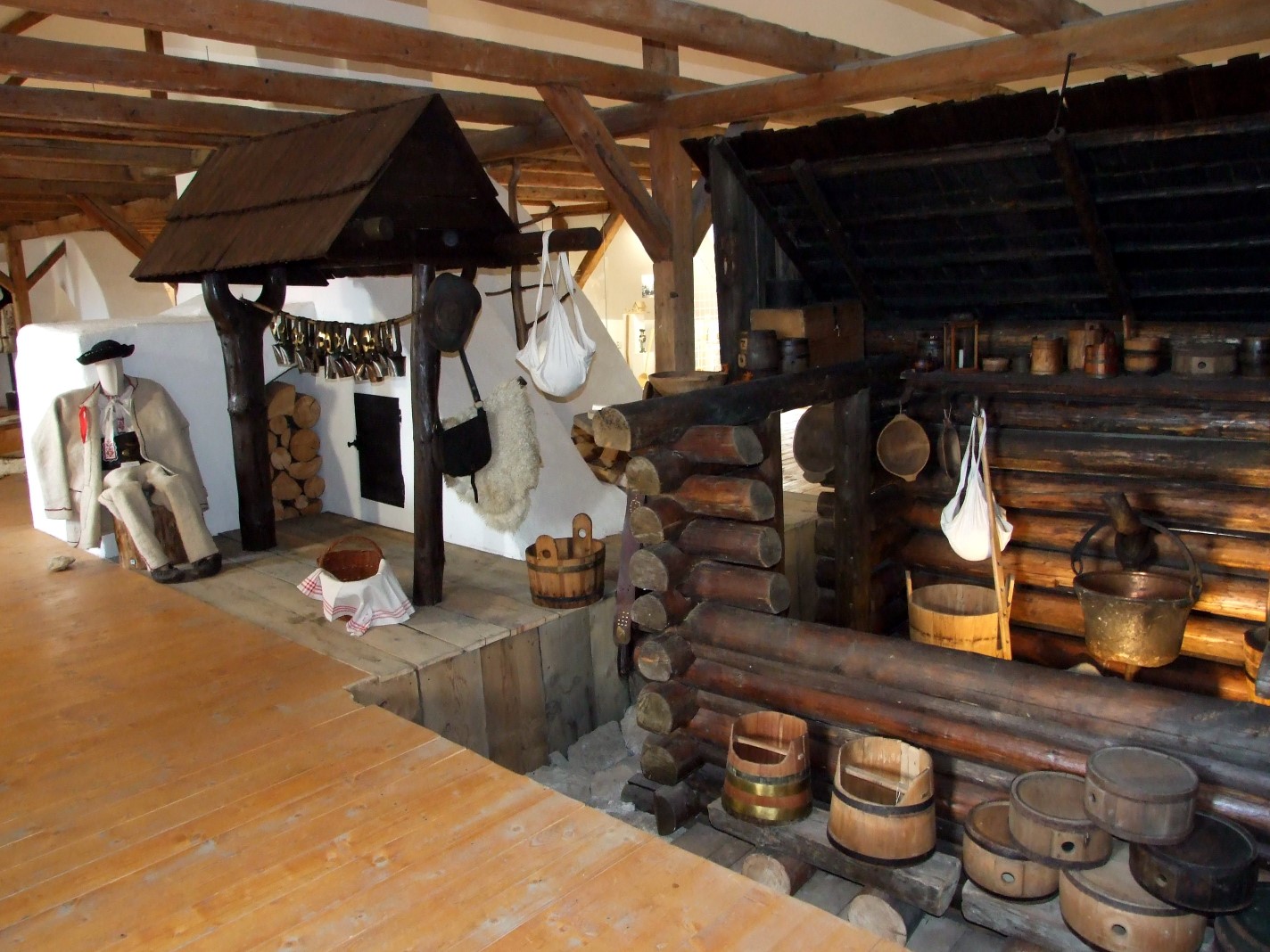
The vicinity of Ružomberk
One of Ružomberka’s housing estates is Biały Potok - a starting point for Vilkolinec - a settlement entered on the UNESCO World Heritage List in 1993. The village is dominated by wooden architecture, characteristic for mountain regions, with intact log houses built in the picturesque landscape, shaped by narrow strips of fields and pastures protected from the north by the Sidorowski massif. The historic complex consists of 73 buildings. Valuable buildings include a two-storey bell tower from 1770, a pantry from 1860 and the Baroque-classical Church of the Visitation of the Virgin Mary from 1875.
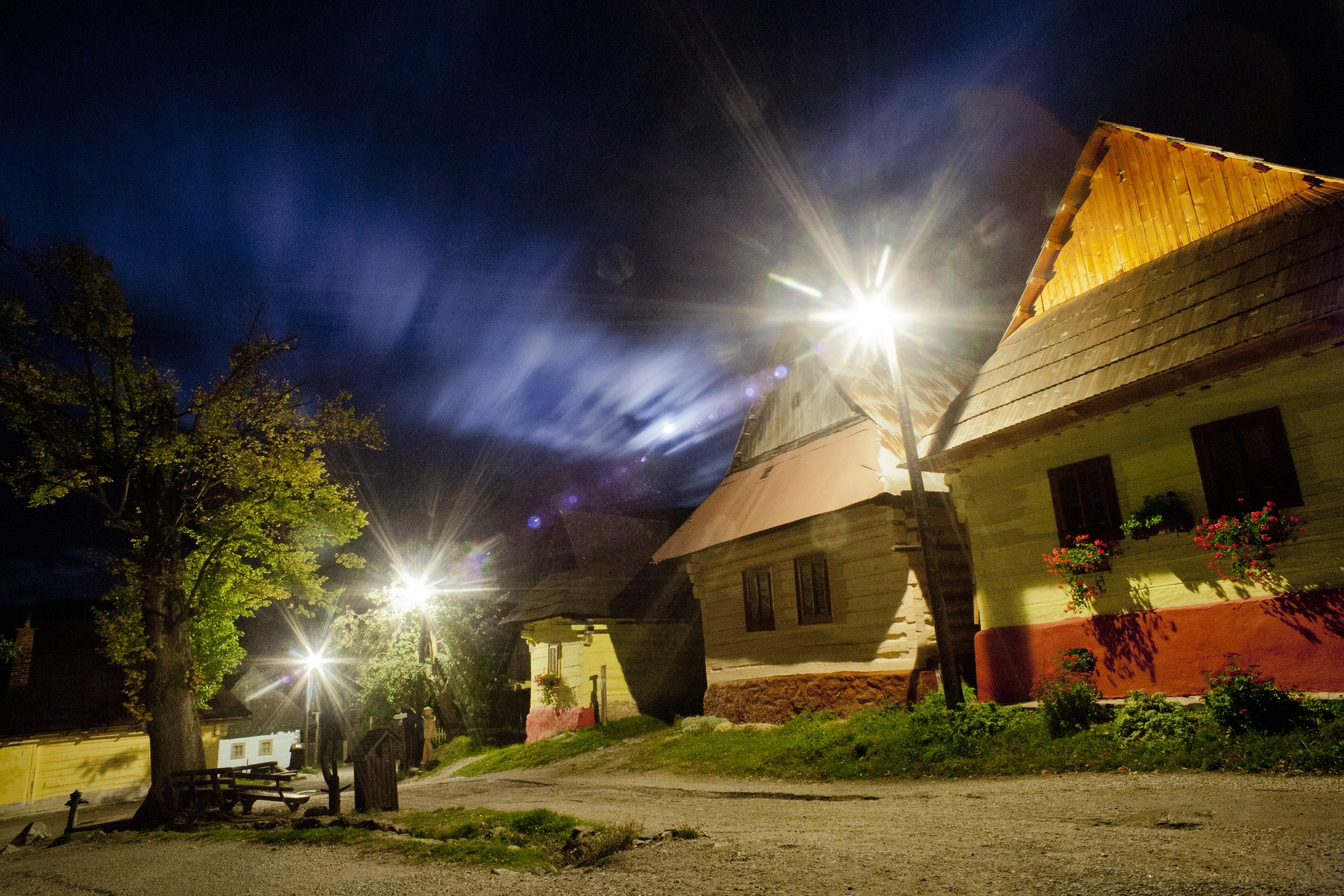
Turiec
In the Middle Ages, the Turcki County was one of the most important trade routes in the Danube region.
Therefore, there were several fortified settlements in the area - Sklabiňa, Blatnica, Zniev. There are also traces of German settlement in this region, especially in the vicinity of Horná Štubní, Dolná Štubní and Turček. In the 20th century there were strong migrations of people from other parts of Slovakia - Kysuce and Orava. An important attraction of the village is the Slovak Village Museum, which is the largest object of its kind in Slovakia. The open-air museum shows examples of traditional folk architecture and ways of life of the inhabitants of north-western Slovakia from the turn of the 19th and 20th century. In the exhibition area of 15.5 ha we can find 143 buildings - residential, utility, technical and sacral. Some of the buildings are furnished and open to the public.
Dodatkowe informacje




